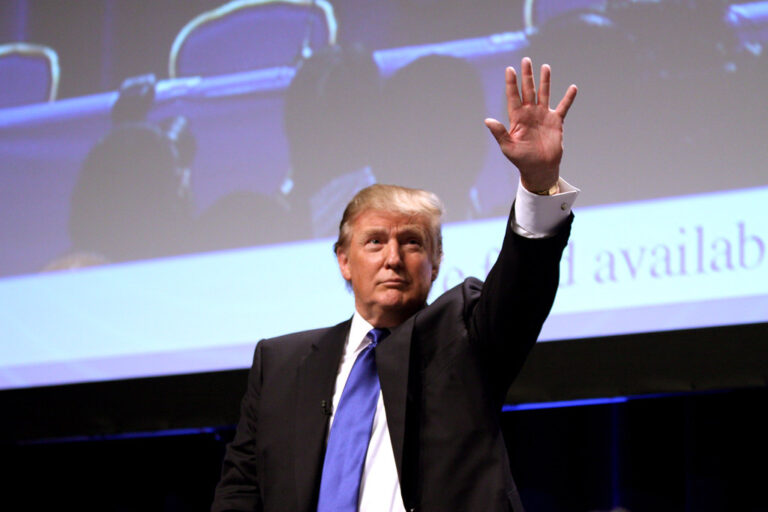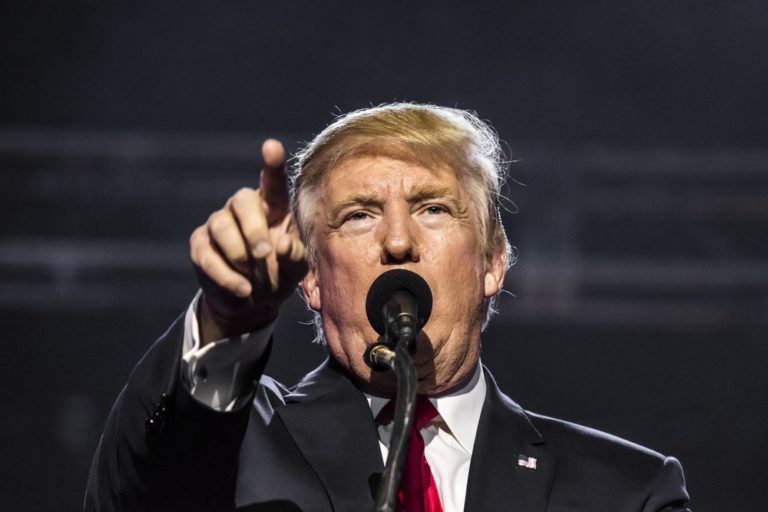Key Takeaways:
- House Speaker Mike Johnson supports stricter sanctions against Russia.
- He joins a bipartisan push in Congress to punish Russia for its actions in Ukraine.
- The goal is to pressure Russia to end its brutal war.
- Both Republicans and Democrats are working together on this effort.
House Speaker Mike Johnson is calling for tougher sanctions against Russia. He made this clear during a press conference on Monday. Johnson said many Congress members want stronger actions against Russia, and he agrees.
Why Sanctions?
Sanctions are like economic punishments. They limit a country’s trade and access to money. The U.S. and other countries have already imposed sanctions on Russia. But some lawmakers think they need to be stronger.
By sanctioning Russia, the U.S. hopes to make it harder for Putin to fund his war. This could weaken Russia’s economy and make it harder for them to continue fighting.
Bipartisan Support
Johnson’s support comes as senators from both parties push for more sanctions. This shows that Republicans and Democrats agree on this issue. When both sides work together, it’s more likely to pass in Congress.
This bipartisan effort sends a strong message. It shows the U.S. is united in condemning Russia’s actions.
What’s Next?
The Senate is working on new legislation. This new bill would add more sanctions on Russia. It would target Russian businesses, leaders, and industries that support the war.
If this bill passes, it could further hurt Russia’s economy. It would also encourage other countries to join in pressuring Russia.
A Global Impact
Sanctions are just one way the U.S. is helping Ukraine. The country has also sent weapons, money, and other aid. Many other countries are doing the same.
The U.S. and its allies want to support Ukraine without directly fighting Russia. Sanctions are a way to do that while avoiding a larger conflict.
Conclusion
House Speaker Mike Johnson is joining the push for stronger sanctions on Russia. Both parties in Congress are working together on this effort. If the new bill passes, it could make it even harder for Russia to continue its war.
The U.S. and its allies hope these actions will push Russia to end the war. They want to support Ukraine while avoiding a bigger conflict.
This effort shows that when lawmakers agree, they can act quickly. The U.S. is playing a key role in the global response to the war in Ukraine.










